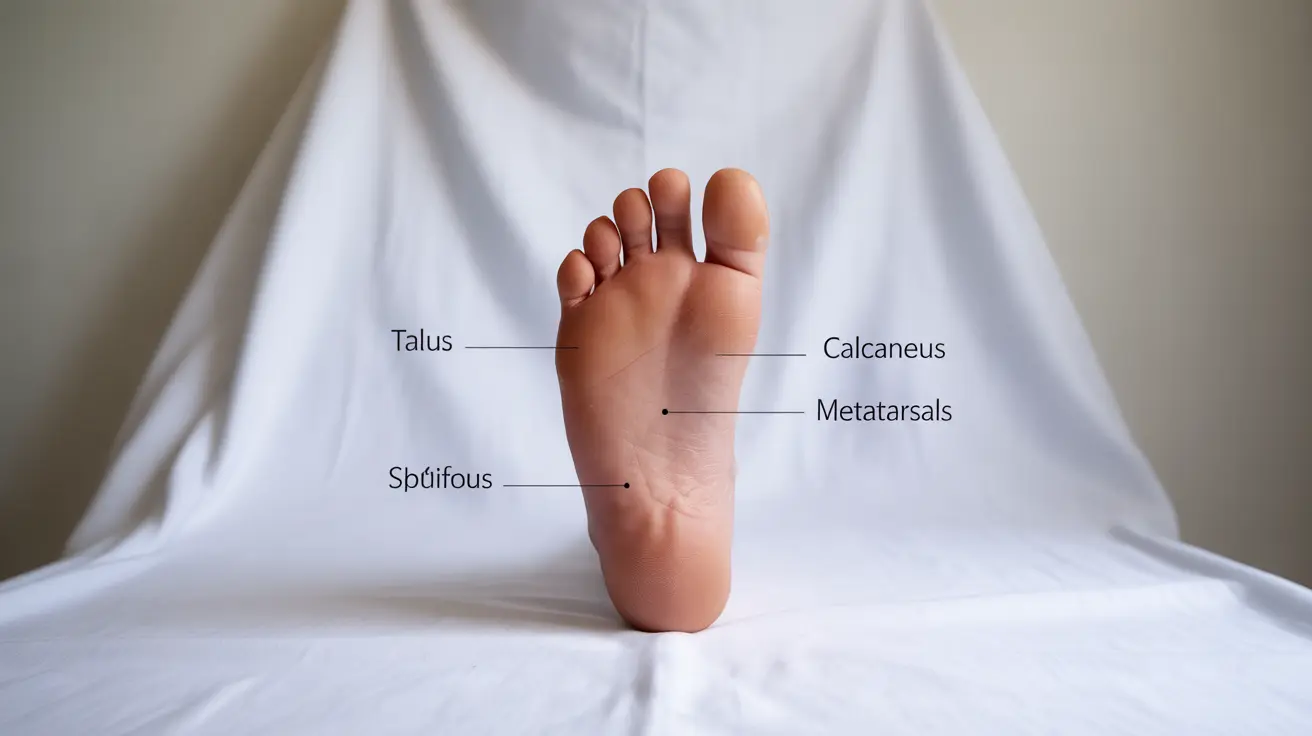Living with clubfoot can present unique challenges throughout adulthood, particularly when it comes to managing pain and maintaining mobility. While early treatment often leads to positive outcomes, some individuals may experience club foot pain later in life that requires ongoing attention and care.
Understanding the causes, symptoms, and treatment options for adult clubfoot-related pain is crucial for maintaining quality of life and preventing further complications. This comprehensive guide explores what adults with a history of clubfoot need to know about managing their condition effectively.
Understanding Club Foot Pain in Adulthood
Club foot pain later in life can develop for various reasons, often related to the initial severity of the condition, the effectiveness of early treatment, and natural aging processes. Some adults may experience increased stiffness, decreased range of motion, and chronic pain, particularly after prolonged physical activity or standing.
Risk Factors for Adult Complications
Several factors can contribute to developing pain and other complications in adulthood:
- Previous treatment approach and its effectiveness
- Severity of the original condition
- Lifestyle factors and activity levels
- Body weight and overall health
- Occupation and daily physical demands
Impact of Early Treatment on Long-term Outcomes
The relationship between early intervention and adult outcomes is significant. Proper treatment during infancy and early childhood, typically using the Ponseti method, can significantly reduce the likelihood of experiencing severe pain or complications in adulthood.
Potential Complications of Inadequate Treatment
Adults who received incomplete or ineffective treatment during childhood may face various challenges:
- Chronic pain and discomfort
- Limited mobility and flexibility
- Abnormal gait patterns
- Increased risk of arthritis
- Difficulty with footwear
Recognizing Warning Signs and Symptoms
Adults with a history of clubfoot should monitor certain symptoms that may indicate developing problems:
- Progressive pain or stiffness
- Changes in walking pattern
- Increased fatigue during activities
- Development of calluses or pressure points
- Reduced range of motion
Treatment Options for Adult Club Foot Pain
Conservative Management Approaches
Several non-surgical options can help manage symptoms:
- Physical therapy and targeted exercises
- Custom orthotic devices
- Appropriate footwear modifications
- Pain management techniques
- Regular stretching routines
Advanced Treatment Options
When conservative measures aren't sufficient, additional interventions may be necessary:
- Specialized physical therapy programs
- Advanced bracing systems
- Pain management injections
- Surgical intervention in severe cases
Lifestyle Modifications and Prevention
Maintaining long-term foot health requires ongoing attention to lifestyle factors:
- Regular exercise and stretching
- Proper weight management
- Appropriate footwear selection
- Activity modification when needed
- Regular medical check-ups
Frequently Asked Questions
What causes club foot pain later in life, and who is most at risk? Club foot pain in adulthood typically occurs due to residual deformity, inadequate initial treatment, or natural aging processes. Those most at risk include individuals who received incomplete treatment, those with severe initial deformity, and people who maintain high-impact activities or physically demanding jobs.
How does early treatment of clubfoot affect the likelihood of pain or arthritis in adulthood? Proper early treatment, especially using the Ponseti method, significantly reduces the risk of adult complications. Well-treated cases often experience fewer instances of chronic pain and arthritis, though some may still develop mild symptoms with age.
What symptoms of clubfoot-related problems should adults watch for as they age? Adults should monitor for increasing pain or stiffness, changes in walking pattern, decreased range of motion, unusual fatigue during activities, and the development of new pressure points or calluses on the affected foot.
Can untreated or poorly treated clubfoot lead to mobility issues and chronic pain? Yes, inadequately treated clubfoot often results in significant mobility limitations and chronic pain. These issues can worsen over time, affecting daily activities and quality of life.
What are the treatment options for managing club foot pain and stiffness in adults? Treatment options range from conservative approaches like physical therapy, custom orthotics, and appropriate footwear to more advanced interventions such as specialized bracing, pain management procedures, and, in some cases, surgical correction.




